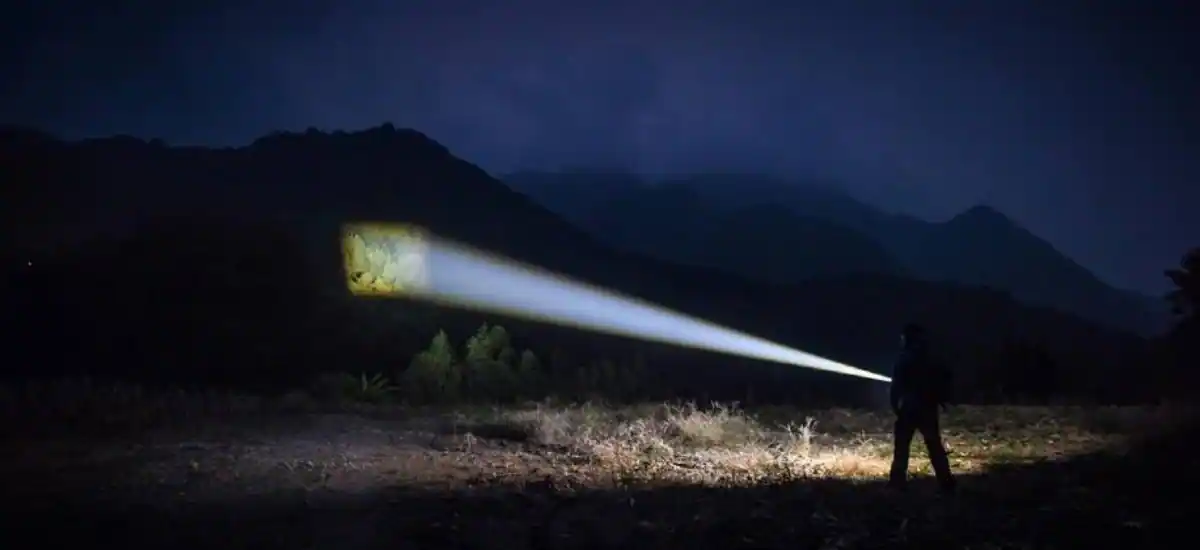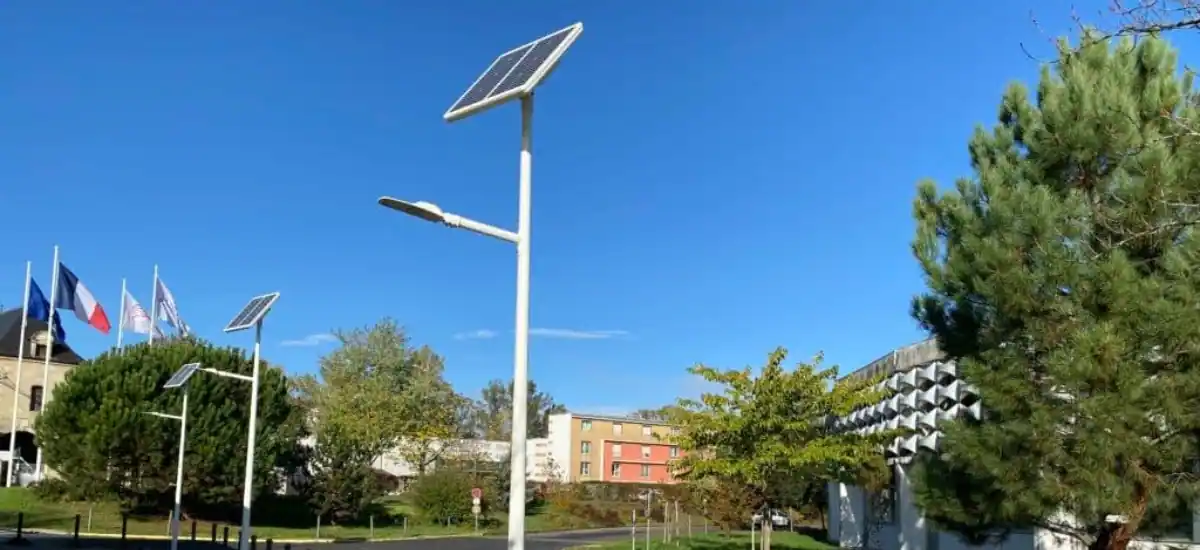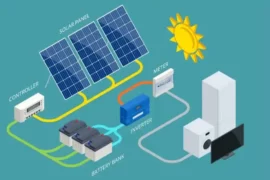From the sea level, the Sun produces around 98,000 lux (lumens per square metre) on a horizontal surface. According to Bob Myer (Display engineer and technologist), the total luminous output of the Sun is 7 x 10^27 lumens which is too much. But practically it is not possible to measure how many lumens is the sun!
Sun is the most illuminating thing we know since childhood but what is the reason for this light? Do you know how many lumens it produces? Read further to find out –
How Many Lumens Does The Sun Produce?
The sun produces 93 lumens of visible light for every watt it produces. Our sun produces 127,000 lumens per square metre in Earth’s orbit. Here lumen is the unit of measurement for visible light. It’s no surprise that glancing at the sunlight hurts.
We must modify this number to account for what the eye is sensitive to because we are only concerned with visible light. But do you know that the sun also emits other types of light and a wide range of electromagnetic energy? The above number is doubtful.
How Many Lumens Is Dangerous?

Looking directly at the Sun is, well, quite unpleasant. It’s fine to glance at the Sun for a fraction of a second now and again. In dark areas, 80 lumens is enough to trigger momentary light blindness, but in daylight, 200 lumens can cause temporary blindness. Depending on the intensity, visible light is insufficient to cause lifelong blindness and is not dangerous.
The retina is generally damaged, when you see sunlight with bare eyes for too long. To avoid eye strain and eventual vision loss, figuring out how many lumens are dangerous is critical.
How Much Light Does Directly Hit The Earth’s Surface?
The distance between the sun and Earth is 151.31 million km, 1 AU. Despite this, the bulk of sunlight does not reach the ground. Most of the energy hitting the Earth’s surface is absorbed, with only a small fraction returned.

- The atmosphere and the Earth’s surface absorb roughly 70% of incoming radiation
- The remaining 30% is reflected in space and does not heat the surface.
The ratio of the surface areas of a 1 AU radius sphere and a circle with the radius of the earth can be computed. These are 281.2 sextillion and 127.8 trillion square metres, respectively.
This ratio indicates that 2.2 billion times more light does not reach the earth than does. We may compute that the world receives 16.24 quintillion lumens of sunshine using this ratio.
Know About Sunshine In The Atmosphere
Sunshine is direct sunlight which is not blocked by clouds, while sunlight is all of the sun’s electromagnetic energy, notably that in the visible spectrum that engulfs the earth. Sunlight is a combination of bright light and radiant heat that occurs when direct solar radiation is not obstructed by clouds.
During the daytime when the Sun is above the horizon, sunlight is scattered and filtered through Earth’s atmosphere, and seen as daylight. The length of time that direct solar radiation reaches the ground surface is known as sunshine duration. Extraterrestrial solar radiation has an energy spectrum ranging from ultraviolet to infrared wavelengths.
Total Power Radiated By The Sun
Power P = watts = x10٨ watts is the total power radiated. The Sun delivers 1,360 watts per square metre. The total solar power is calculated by multiplying the output power density by the sun’s surface area.
- The Sun has a radius of 695 x 106 m 4 giving a surface area of 6.07 x 1018 m2. Thus the total power output of the sun is 64 x 10 times 6.09 x 1018 m2, which is equal to 3.9 x 1026 watts.
- The average annual solar radiation coming at the top of the Earth’s atmosphere is approximately 1361 W/m2.
The earth strives to keep an energy balance with the atmosphere at all times. The Sun provides the majority of the energy that reaches the Earth’s surface.
The visible light wavelengths account for around 44% of solar radiation, but the Sun also emits infrared, ultraviolet, and other wavelengths. All visible light wavelengths seem white when seen together.
Frequently Asked Questions
Q1. Is the sun the brightest light on Earth?
Ans: Yes, of course, the sun is Earth’s brightest light source. But recently, a laser has created the brightest light ever seen on Earth, one billion times brighter than the sun’s surface. Scientists from the University of Nebraska-Lincoln in the United States used the “Diocles” ultrahigh intensity laser to target electrons floating in helium.
Q2. How Many Lumens Will Permanently Blind You?
Ans: In the dark, 80 lumens is enough to cause temporary flash blindness, while 200 lumens can cause temporary blindness in daylight. Despite its intensity, visible light is insufficient to cause permanent blindness.
Q3. How many lumens is a daylight bulb?
Ans: If you’re aware of daylight bulbs, they’re designed to simulate the natural light of the sun. A regular 40W bulb generates 400+ lumens, which is the brightness of the day bulb. The higher the wattage, the more lumens and light output are produced.
Don’t mix up daylight and bright white bulbs; they’re two very different things. The brightness that these bulbs produce is the closest you’ll get to sunshine. If you wish to replace a 60-watt light bulb with a daylight bulb, you’ll need a 7 to 10-watt LED light bulb. The lumen output of such a bulb will range between 650 and 800. The Kelvin value of daylight LED light bulbs is usually between 5,000 and 6,500.
Q4. How many lumens do you need to start a fire?
Ans: That question has no single response. These are the possible answers, the highest lumen output I’ve discovered is 800, which is similar to a 60-watt incandescent bulb. According to Quora, a 1000-lumen LED bulb may be hot, but not because of the lumens output, but because of the waste heat that isn’t being converted into light.
In the correct conditions, it takes roughly 2300 lumens of LED light to get hot enough to start a fire quickly. It’s important to note that lumens do not equal heat. As a result, different quantities of lumens will be required to produce sufficient heat to spark. At a specific lumen count, one type of light source can provide enough
Related Posts:-





